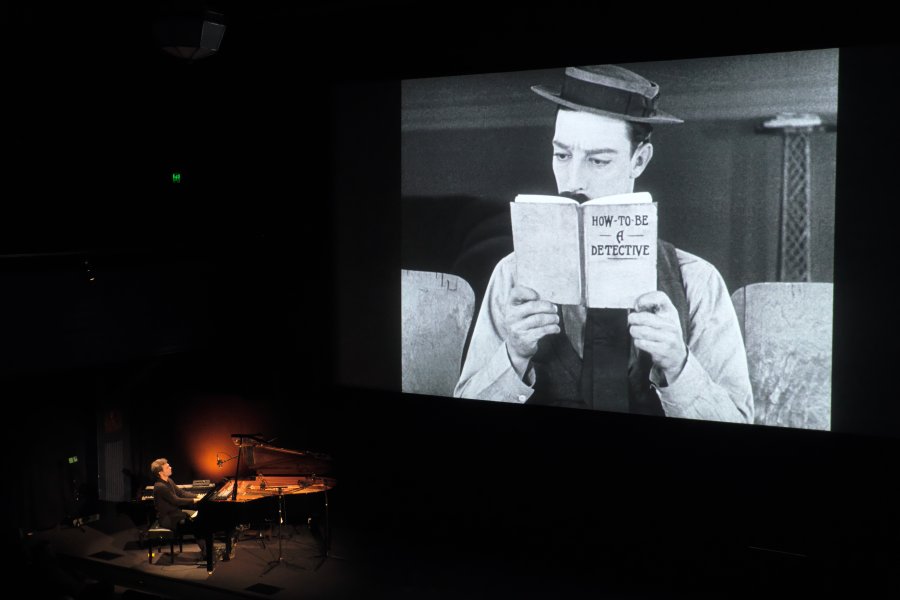
“DESPITE all the fascinating new ways we’re taking in television, streaming may actually be on a path to resembling more… well, traditional television. Stay with me here,” says streaming columnist, NICK OVERALL.
DISNEY has announced a major restructuring of its entire business to craft a more dedicated focus on streaming.

It essentially means that the time, money, and effort of the company at large will go into the creation of film and TV that’s available to the on-demand viewer, those subscribed to Disney+.
The announcement of the restructure, along with the upcoming release of season two of the company’s biggest TV show “The Mandalorian”, a “Star Wars” spin off, has seen Disney’s stock price rise by five per cent, truly just one representation of the money to be made from this growing entertainment medium.
This is to create even more competition with attention rivals such as Netflix, which means better and broader catalogues of productions. With the number of platforms out there now, catering to every viewing niche possible, we’re getting ever more choice when it comes to where to put our money.
Some might say, a little too much choice.
To catch every hot new show, movie or event coming out, a subscription to more than three services alone can see the monthly bill already getting up there.
Let’s take a hypothetical.
Say the kids want to be watching a few episodes of “The Simpsons” or the newest animated offering from Disney – it’s going to have to be on Disney+. That’s $9 a month.
Then, say the family wants to catch up on the last few games of the NRL or cricket – they might switch over to “Kayo”, a platform that starts at $25 a month and specialises in sport.
Later, perhaps a few of the older viewers want to get hooked on Netflix’s newest mystery/drama series, “The Haunting of Bly Manor”, a creepy, big-budget ghost story.
Altogether these three platforms rack up a bill of almost $50 a month, or close to $600 a year.
However, what if everything you wanted to watch was packaged together under a discounted price?
That’s what cable television used to do. Users would fling a subscription price off to their cable or satellite provider and the provider would in turn do the rest of the work, paying the individual companies in line with the viewers’ preferences they purchased in a packaged deal.
What then might be stopping massive entertainment conglomerates such as Disney from packaging together platforms and offering them at a hot deal price?
It seems they’re on that trajectory. Disney is the owner of another company called Hulu, an American streaming platform with its own original shows (they produced the one on Australia’s only Bond, Queanbeyan’s George Lazenby).
Furthermore, Disney also owns ESPN, another large sporting network in the US that, of course, has its own streaming platform “ESPN+”.
With this in mind, Disney may move toward a business model where users can access all three at a better deal.
Imagine the clever ads appealing to a sports fan subscribed to ESPN: “You like sport? Well would you also like a subscription to Disney+ bundled with that for just a few bucks more?”
If such a plan succeeds, the merging of companies could be the new norm. It especially benefits smaller streaming platforms such as Hulu, which has nowhere near the power to compete with the big boys such as Netflix.
Stay tuned, we might yet see in our future of entertainment consumption a “Cable 2.0”.
More of Nick Overall on Twitter @nick_overall
Who can be trusted?
In a world of spin and confusion, there’s never been a more important time to support independent journalism in Canberra.
If you trust our work online and want to enforce the power of independent voices, I invite you to make a small contribution.
Every dollar of support is invested back into our journalism to help keep citynews.com.au strong and free.
Thank you,
Ian Meikle, editor




Leave a Reply